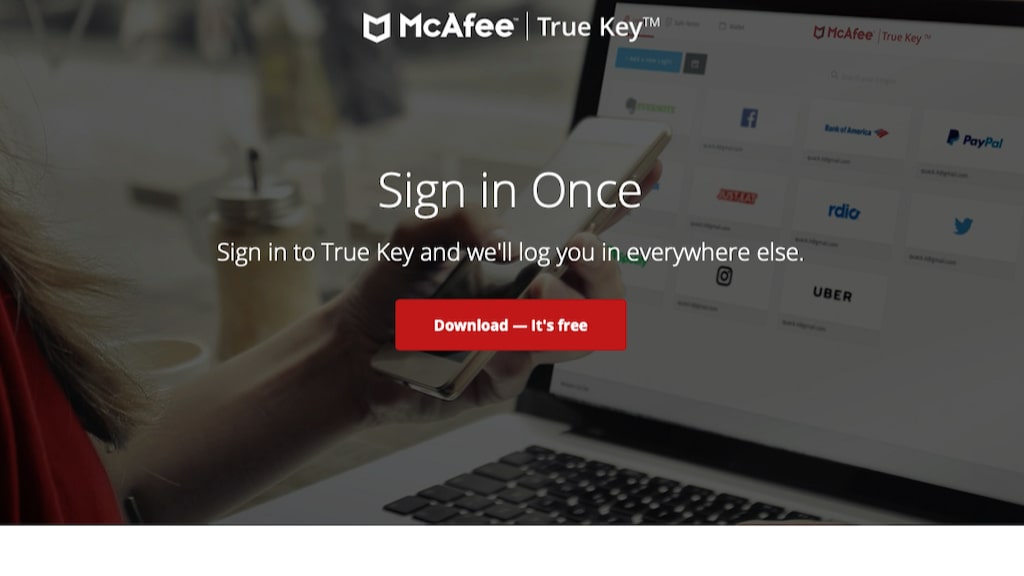

Wi-Fi hard drives, and sometime network-attached storage (NAS) are often marketed as “home clouds” and connect to other devices over a Wi-Fi connection. USB hard drives are great, but sometimes you want to keep those USB ports free. Wi-Fi Hard Drive / Network-Attached Storage Getting an SSD to work in tandem with an HDD works well, too: simply put all the software you want to load quickly onto the SSD and enjoy faster loading times.

A second HDD can act as a “mule” drive, storing huge files such as movies and recordings. If you have the spare space on your motherboard, you can forgo having to transfer data and simply get a second drive to store things. Typical Storage Space: 1 – 4TB (HDD), 128 – 512GB (SSD) In fact, they’ll be accessible on all of your devices that can access the cloud! If you have confidential data, there are cloud storage, like pCloud, that provides extra encryption to prevent others from accessing your data. You can then delete the files off of your hard drive and make room without completely losing your files. It is easy to start using cloud storage – make an account, then upload your files to the online cloud. Cloud Storage ServicesĮverything is moving toward the cloud these days, and your data can join in! There are plenty of different cloud storage servers out there, but the popular ones are Dropbox, OneDrive, and Google Drive. Even better, you can carry them with you and plug them into other PCs to export the data. USB hard drives are a fantastic choice for holding media files and games. USB Hard Driveĭid you know that you can plug in a second hard drive through the USB ports? You have to make use of a hard disk enclosure though, but it is definitely one of the easiest ways to expand your storage by a large amount. Porting data to another machine, however, may be tricky.

As such, if you’re using an SD card purely on one device, it will do the job well. It’s usually something a laptop will have rather than a PC. Unlike USB drives, an SD card slot isn’t a guarantee on most machines. SD cards are in a similar vein to USB sticks but are a little more conditional regarding whether you can put them into a PC or not. It’s easy to carry with you, stores quite a lot of data, and can be plugged into any computer with a USB port (which is most!). Simply plug one into a USB port, open it on your computer, then drag files onto the stick itself. USB sticks are one of the more trustworthy ways of storing items from the computer.


 0 kommentar(er)
0 kommentar(er)
